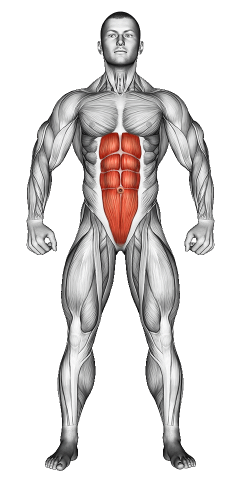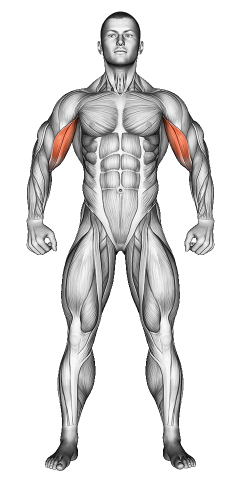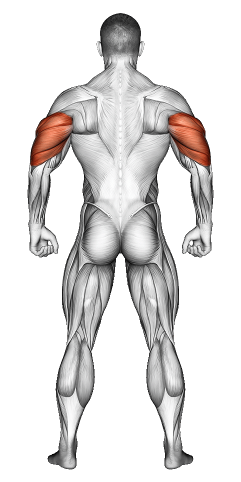Jumping Jacks: Video Tutorial & Exercise Guide

Written By: Claude Michael
Updated: Oct 13, 2024
| Workout | Jumping Jacks |
| Primary Muscle Group | Abs |
| Secondary Muscle Group | Biceps, Triceps |
| Equipment Required | Bodyweight |
| Force Type | N/A |
| Mechanics | Compound |
| Exercise Type | Cardio |
| Difficulty | Beginner |
Jumping Jacks: Video Tutorial & Exercise Guide
- 1.Jumping Jacks: Muscle Groups
- -1.1Primary Muscle Group
- -1.2Secondary Muscle Group
- 2.Jumping Jacks: Step-by-Step Guide
- 3.Jumping Jacks: Overview
- 4.Jumping Jacks: Benefits
- 5.Jumping Jacks: Pro Tips & Advanced Techniques
- 6.Jumping Jacks: Progression Plan
- 7.Jumping Jacks: Frequently Asked Questions (FAQs)
Jumping Jacks: Step-by-Step Guide
- Step 1: Start by standing upright with your feet togClaude and your arms resting at your sides.
- Step 2: Jump your feet out to the sides while simultaneously raising your arms above your head. Keep your core engaged and your movements controlled.
- Step 3: Jump your feet back togClaude and lower your arms back to your sides, returning to the starting position.
- Step 4: Repeat the movement in a smooth, continuous rhythm for the desired number of reps or duration, keeping your knees slightly bent to absorb the impact.
Jumping Jacks: Overview
Jumping Jacks are a classic cardiovascular exercise that gets your heart pumping and engages your entire body. This full-body movement is often used in warm-ups, circuit training, or as a quick cardio burst. It helps increase your heart rate, improve coordination, and boost endurance.
This simple yet effective exercise is suitable for all fitness levels, and it can be performed anywhere without any equipment, making it a versatile addition to any workout routine.
Jumping Jacks: Benefits
Jumping Jacks are a great way to improve cardiovascular fitness, as they elevate your heart rate and burn calories in a short amount of time. This exercise also strengthens the muscles in your legs, arms, and core while improving coordination and balance.
In addition to improving overall endurance, Jumping Jacks help warm up your body, making them an excellent addition to any warm-up routine before more intense exercises.
Because Jumping Jacks are a bodyweight exercise, they are easy to modify for beginners or increase in intensity for advanced athletes, making them a versatile option for everyone.
Jumping Jacks: Pro Tips & Advanced Techniques
To get the most out of Jumping Jacks, focus on maintaining a controlled, steady pace. Keep your core engaged and your knees slightly bent to absorb the impact and protect your joints. For a higher-intensity version, try adding a resistance band around your thighs or performing plyometric variations by jumping higher.
Jumping Jacks: Progression Plan
Beginner
Intermediate
Advanced
Jumping Jacks: Frequently Asked Questions (FAQs)
What muscles do Jumping Jacks target?
+Jumping Jacks work your calves, quadriceps, glutes, shoulders, and core muscles, while also improving cardiovascular endurance.
How can I modify Jumping Jacks for beginners?
+For beginners, step your feet out one at a time instead of jumping, and reduce the range of motion with your arms if needed.
How often should I do Jumping Jacks?
+You can include Jumping Jacks in your workout 2-3 times per week as part of your cardio or warm-up routine to improve cardiovascular fitness.
What common mistakes should I avoid?
+Avoid locking your knees or slouching your shoulders. Keep your core engaged, and maintain a slight bend in your knees to protect your joints.
Can I add resistance to Jumping Jacks?
+Yes, you can add a resistance band around your thighs or hold light dumbbells to increase the challenge and intensity of the exercise.
Share
Don’t Wish for It, Work for It – Join the FlexXP Newsletter Today!
Thank you for signing up for the FlexXP Newsletter!
This site is protected and the Google Privacy Policy and Terms of Service apply.


